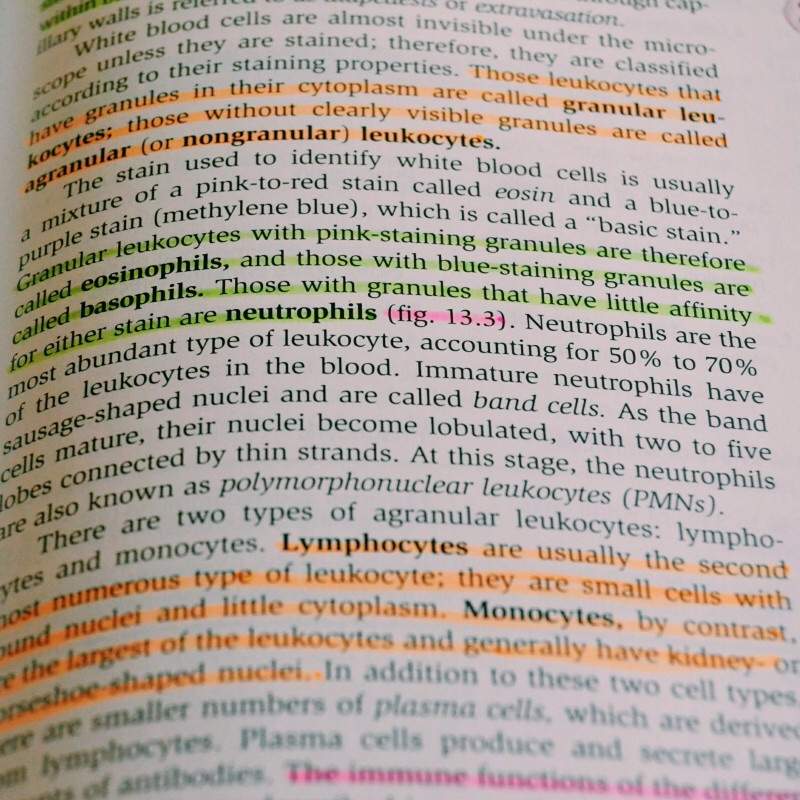

I am used to thinking about annotation in reference to students making pencil marks on literary texts they are trying to interpret. The book’s second achievement is its generous interpretation of the contexts in which annotation is at play.First, they define five benefits (what they call “affordances”) of annotation: “providing information, sharing commentary, sparking conversation, expressing power, and aiding learning.” If you are asking students to annotate their textbooks or articles solely for information purposes, Kalir and Garcia argue, you might lose sight of the ways in which annotation can enable students to talk back to their texts or resist the arguments of an author (or the teacher).Their book expands our understanding of the concept of annotation in two key ways: The authors of Annotation are Remi Kalir, an associate professor of learning design and technology at the University of Colorado at Denver, and Antero Garcia, an associate professor of education at Stanford University.Īnnotation can help any instructor to dream a little bigger about the role that this practice can play in teaching, whether in literature (my field) or other disciplines. But recently I encountered a new book that has helped me to think in even more expansive and creative ways about the practice of annotation.Īnnotation was published last spring as part of the MIT Press’s Essential Knowledge series, which offers short, accessible overviews on a wide range of topics with one-word titles like Happiness, Espionage, and Algorithms. When they are finished, I start soliciting volunteers and filling the white board with their responses.Īnnotation exercises have proven to be a highly effective way to sharpen students’ close-reading skills, which will not only come in handy in college courses but in the workplace, too. First students annotate on their own for three to five minutes, and then meet in small groups to compare notes for up to 10 minutes. You never know what will spark the rest of us to see something new in the text.Īlthough annotation skills can be developed on both print and digital texts (and should probably be practiced in both formats), I prefer to have students work on a printed handout with generous margins - meaning lots of room to write within and around the text. If something in a poem reminds them about a story their grandfather likes to tell at holiday gatherings, great. So I encourage them not only to use traditional annotation practices - such as defining key terms or explaining complex phrases - but also to connect the passage to other contexts or even to their personal lives. The purpose of this activity is to generate themes that students can develop in greater detail in their independent work.

Once we have lots of ideas, then we can start discriminating between which ones we think have staying power.” My instructions for this activity are simple: “Your task is to annotate the crap out of this text. I ask students to annotate a short reading, such as a poem or a few paragraphs of a novel. During those weeks of the semester when all the committee chairs decide to schedule meetings during your normal prep time, and your kid has a fever at home, and it’s the 12th week of the spring semester and you are so done with this academic year, it can be a comfort to know that you have a tried-and-true strategy to fill out some unplanned class time on any given day.įor me, the in-class activity that ticks both of those boxes - something that is good for student learning and helps me out when I have minimal prep time - is annotation. Such back-pocket activities also come in handy when teaching-preparation time has been squeezed. When students are struggling to grasp a topic or their attention is lagging, these activities can quickly get things back on track. It might be a quick, five-minute writing task or a more-ambitious, small-group exercise. Most faculty members have a go-to activity that can be deployed at a moment’s notice in the classroom.


 0 kommentar(er)
0 kommentar(er)
